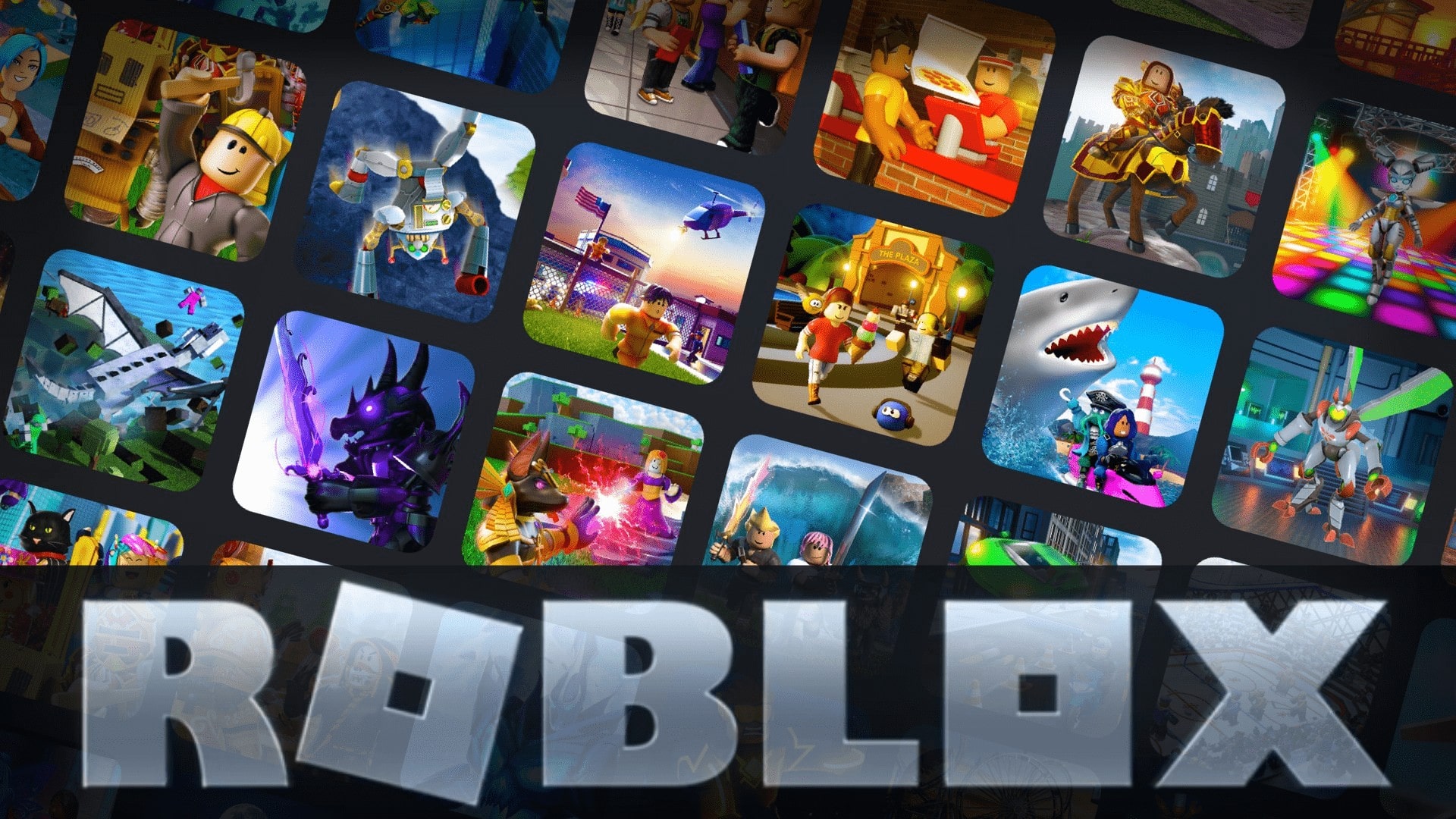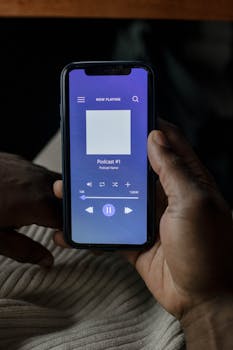Tutorials
How to Change the Language in Games and Apps: A Practical Guide for Users
Learn how to change the language of games and apps on Android and iOS with this practical and easy-to-follow guide. Improve your experience now.
Advertisement
Changing the language of a game or app can be essential for a more enjoyable and fluid experience. Users often prefer to play games or use apps in their native language, which improves comprehension and immersion. This guide details how to change the language on two of the most popular operating systems: Android and iOS.
If you've never changed an app's language before, it may seem like a daunting task. However, the process is simpler than it seems and can be done in just a few steps. Below, you'll find a detailed guide with clear, straightforward instructions to help you make this change easily.
Whether you're playing a new game or using a learning app, familiarity with the language is crucial. That's why learning how to navigate your device's settings is a valuable skill. Let's understand how to make this task simple.
Changing the language in Android applications
For Android users, changing an app's language is a fairly straightforward process. Each app may vary, but most offer the option in the settings. The first step is to open the desired app and locate the "Settings" tab.
Once in the settings, you should look for "Language" or "Language & Region." This option can be found in different locations depending on the app. The next step is to select the language you want to use.
If the app doesn't have a clear language option, go to your device's general settings. From the home screen, open Android's settings. Then, find the "System" section.
In the "System" menu, you'll find the "Language & Input" option, where you can manage your device's languages. Changing your Android's language can also impact other app settings.
After making your changes, it's a good idea to restart the app to ensure the language changes have been applied correctly. This simple step can prevent frustration and confusion when navigating the app.
Changing the language in iOS apps
iOS users also have a simple procedure to change an app's language. Just like on Android, the first step is to open the app you want to modify. Search for the settings within the app itself.
In the settings section, look for an option called "Language" or "Language & Region." Don't be surprised if the location of this setting varies, as it depends on the type of app you're using.
Some apps natively support multiple languages, while others use the device's default language. To ensure the change takes place, you can also access your iPhone's general settings.
To adjust your device's settings, open "Settings," then locate the "General" section, followed by "Language & Region." Here, you can set your desired system language, which can affect all apps.
Restarting the app after making these changes is essential for the changes to be reflected correctly. This simple practice ensures you have the best possible experience.
Supported languages table
| Application | Supported Languages | How to Change |
|---|---|---|
| Game A | Portuguese, English, Spanish | Settings > Language |
| App B | French, German, Italian | Settings > Language |
| Game C | Russian, Chinese, Japanese | Settings > System |
Considerations about languages in games
Besides making the content easier to understand, language can impact your gaming experience. Each culture has certain nuances that can enrich a game's narrative. This is especially important in games with a lot of story or dialogue.
A popular game once received criticism for its translated dialogue. For this reason, many gamers choose to play in English or the original language, even if their native language is another. This decision can add value to the experience.
Meanwhile, educational games, such as language learning apps, often offer multiple languages to maximize learning. Therefore, choose the language that best suits your needs when using these apps.
Developers are increasingly aware of the linguistic diversity among their users. Therefore, many have ensured alternative languages are included in their games and apps, providing access to more people.
Staying up-to-date on updates can also be beneficial. Language support changes are common, so checking for the latest versions is always a good practice.
Setting language preferences in multiplayer games
Multiplayer games often offer specific language settings in the options menu. These settings can affect not only the text but also communication with other players. Therefore, it's beneficial to review how these options work.
Accessing the game menu and going to the settings tab is the first step. Here, players can choose the language for the interface, story, or even player communication.
Some games implement more complex localization systems. For example, you can choose one language for chat messages while keeping the interface language in another. This flexibility is extremely useful.
Don't forget to apply the changes and restart the game if necessary. This ensures that the new configuration is recognized by the gaming platform.
Finally, playing in a language you're fluent in can strategically improve your performance and understanding of the game. This helps avoid misunderstandings during competitive matches.
Common problems when changing the language
Even with a simple process, users can encounter some difficulties when trying to change the language of their games or apps. One of the most common issues is the lack of a language option in the app settings.
Additionally, the language change may not be reflected immediately, requiring a restart of the device or the app itself. This can be frustrating, especially if you're eager to try out a new language.
Some games don't support multiple languages, leaving users stuck with their native language. This is an important point to consider when choosing a new app or game. It's always recommended to check language support before downloading.
Another common mistake is not navigating the settings properly. Language options are often located in submenus that aren't immediately visible. Familiarizing yourself with the interface is always a good idea.
If you're still having trouble following the instructions, searching the app's help section or user forum may be helpful. This will help you troubleshoot specific issues.
Conclusion
Changing the language of a game or app is a simple task that can significantly improve your experience. Whether you're a casual gamer or a frequent app user, this skill can be extremely useful.
Breaking the process down into clear, straightforward steps makes it easier to understand and implement the changes. Always remember to explore the settings on your device and in the different apps you use.
Choosing the right language can not only increase enjoyment but also improve comprehension of complex content. Before downloading a new app or game, check its language options.
Ultimately, adapting these settings to your own style and preferences reflects the customizable nature of modern technology. With these tips, you're ready to get the most out of your apps.
Keep an eye on game and app updates, as new language options may emerge over time. Being proactive will help you have the best possible experiences.
Trending Topics

How to Get Robux Legitimately
Providing services for other creators is one of the most effective and safe ways to earn free Robux on Roblox.
Keep Reading



